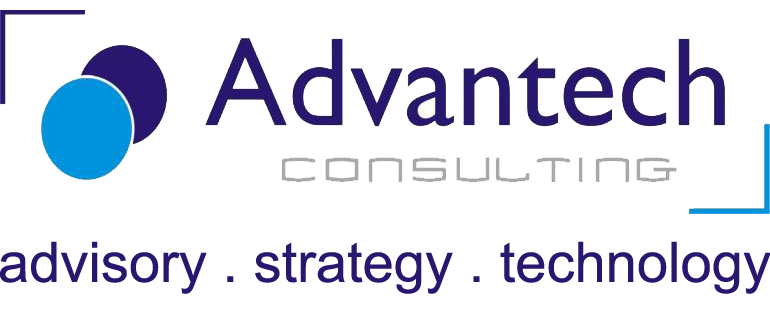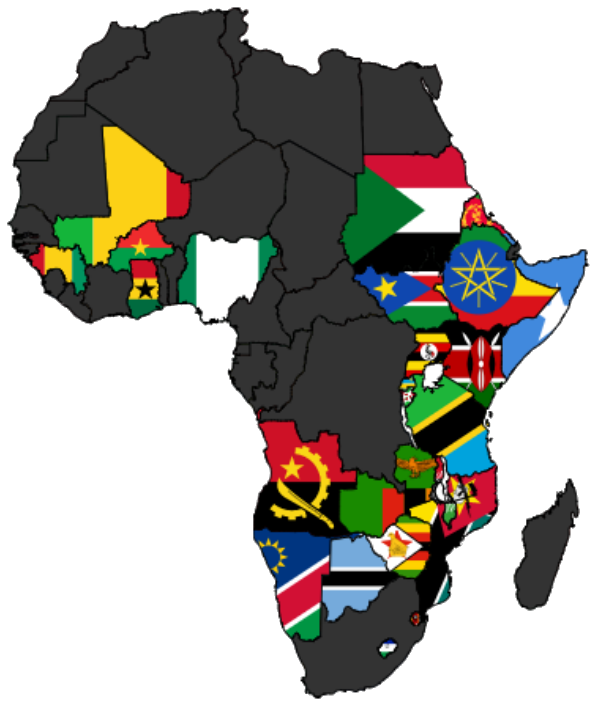The long-term impact of microcredit on peoples’ lives is limited: new research reveals it can help more people by modifying and extending its model.
Microcredit is frequently touted as an effective policy tool to fight global poverty. Its global profile was elevated in 2006 when Muhammad Yunus and the Grameen Bank won the Nobel Peace Prize for pioneering microcredit. The industry is now estimated at $60-100 billion with as many as 200 million clients. It has been generally seen as a way to open credit markets to the poor and unleash their productive capacities.
The conventional microcredit model involves making small loans to some of the very poorest people in the world to enable them to start or run a small income-generating enterprise. Many organizations have used microcredit to target female clients and have made credit available to them while achieving high overall repayment rates, exceeding 90%.
Does microcredit benefit people?
However, questions remain about how much this approach ultimately benefits the people it is intended to help. Indeed, a series of careful, empirical evaluations in recent years have shown the little or limited impact of microcredit on household welfare in developing countries.
One analysis, for instance, looked at six studies that provided microcredit expansion through seven different lenders in six countries — Bosnia, Ethiopia, India, Mexico, Morocco, and Mongolia — during 2003-2012. It found a lack of evidence of the transformative effects of microcredit on the average borrower.
Another researcher studied the impact of access to microcredit on six indicators: Household business profits, business expenditures, business revenues, consumption, consumer durables spending, and spending on temptation goods. She found the average effects of access to microcredit on these outcomes are small and uncertain, probably around 5%. She also found a moderate to a high probability of zero impact.
New models for better outcomes
The problem is not a lack of microcredit programs or their execution, but something in the model itself. This leads us to ask: can we modify or extend certain aspects of the microcredit model to achieve better outcomes for recipients?
Learn more: https://www.theigc.org/blog/can-the-microcredit-model-be-improved/
Source: International Growth Centre



